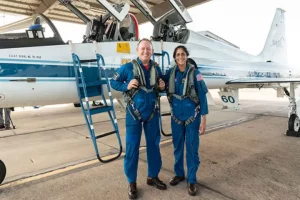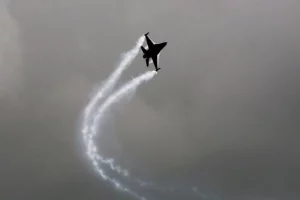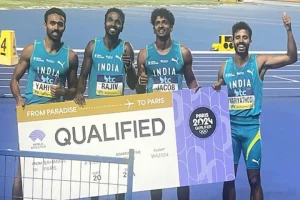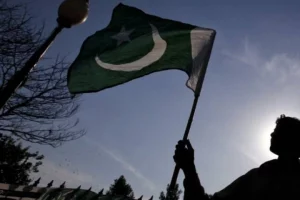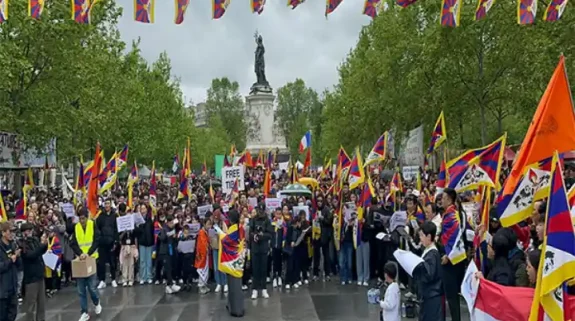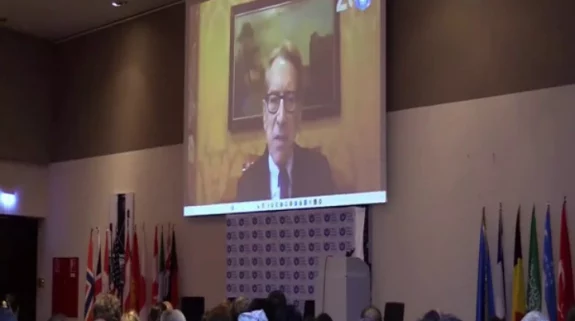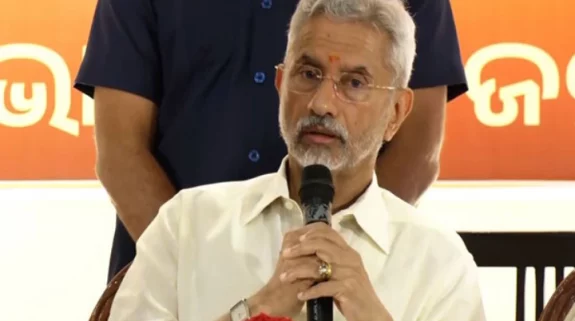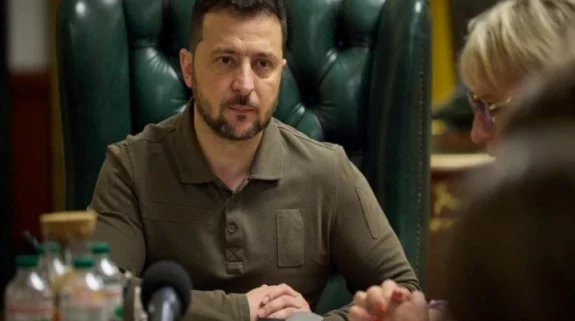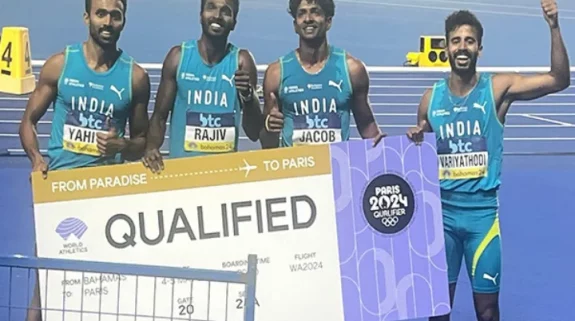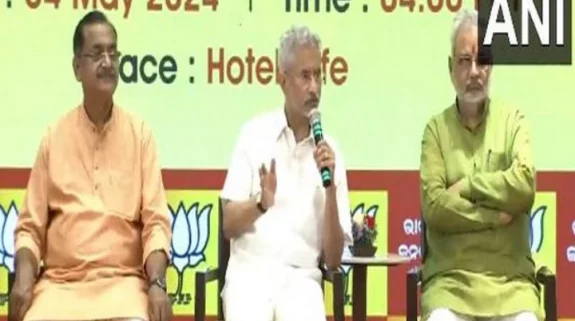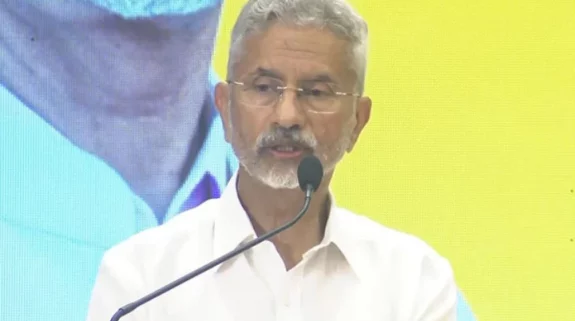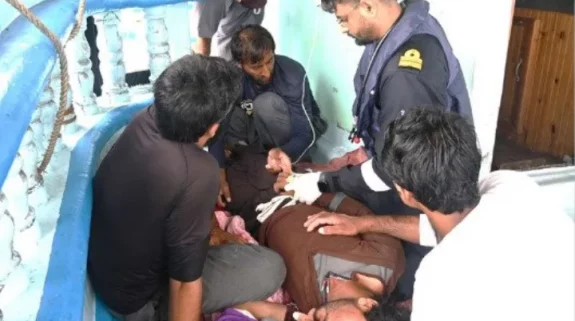Maintaining the highest state of operational preparedness since the 26/11 Mumbai terror attacks, India has taken a number of measures to strengthen coastal, offshore and maritime security along the entire 7516.6 km coastline and Exclusive Economic Zone of the country. This includes a 24×7 vigil, co-ordination and proactive approach from all agencies in the maritime domain to thwart any potential threats posed by 'non-state' as well as 'state-sponsored' terrorism.
One of the deadliest terrorist attacks in the country's history, often referred to as India's 9/11 moment, the 2008 Mumbai terrorist attacks had brought into sharp focus the vulnerability of India's coastline as 10 Pakistani nationals belonging to the Lashkar-e-Toiba, a proscribed terrorist outfit, attacked India's financial capital and gunned down 166 people. They had arrived from Karachi via sea route, first boarding a launch by the name of Al Hussaini and then hijacking an Indian fishing vessel, M.V. Kuber, off the coast of Gujarat.
<strong>ALSO READ: <a href="https://indianarrative.com/world/pakistans-dirty-war-against-india-will-have-consequences-28493.html">Pakistan’s “dirty war” against India will have consequences </a></strong>
Quite clearly, a coastal security scheme, approved in January 2005 for implementation over a period of five years with an outlay of Rs 400 crore for capital expenditure and Rs 151 crore for recurring expenditure, had proved ineffective and needed a complete revamp.
<img class="alignnone size-large wp-image-29402" src="https://indianarrative.com/wp-content/uploads/2020/11/indian-coast-guard-post-mumbai-terror-attacks-768×1024.jpg" alt="2611 Mumbai Terror Attacks Naval Security" />
In the aftermath of 26/11, a whole-of-government approach to maritime security was adopted and a large number of measures were taken by a host of stakeholders. At the apex level, the National Committee on Strengthening Maritime and Coastal Security (NCSMCS), with Cabinet Secretary at the helm, was established to review important matters pertaining to coastal security and for effective centre-state coordination. Likewise committees have also been established at state and district levels. At the operational level, it included setting up of Joint Operations Centres (JOCs) of the Navy and Coastal Security Operations Centres of the Indian Coast Guard.
It was only after 26/11 that the Indian Navy was designated as the agency responsible for overall maritime security, including offshore and coastal security. The Naval Commanders-in-Chief at Mumbai, Kochi, Visakhapatnam and Port Blair were also designated as Commanders-in-Chief (Cs-in-C) Coastal Defence. The Indian Coast Guard was designated as the agency responsible for coastal security in territorial waters, including waters to be patrolled by the State Marine Police.
<img class="alignnone size-large wp-image-29403" src="https://indianarrative.com/wp-content/uploads/2020/11/2611-mumbai-terror-attacks-indian-naval-security-coast-guard-1024×682.jpg" alt="2611 mumbai terror attacks indian naval security coast guard" />
Not only this, a state-of-the-art electronic surveillance mechanism has been augmented by provisioning of an electronic/radar chain called Coastal Surveillance Network (CSN), comprising a Chain of Static Sensors having radar, Automatic Identification System (AIS), Long Range Identification and Tracking (LRIT), day/night cameras, and communication systems. These measures assist in developing Maritime Domain Awareness (MDA) through interconnecting 51 Indian Navy and Indian Coast Guard stations, which have been established to develop a Common Operational Picture (COP). Vessel Traffic Management System (VTMS) radars in ports also facilitate surveillance of port areas.
As part of our capacity building, the Indian Navy is also constantly raising the number of personnel in its Sagar Prahari Bal entrusted to guard the naval bases, vulnerable areas and places adjacent to the naval bases through its Fast Interceptor Crafts post 26/11.
The Defence Ministry and forces have over the last 12 years worked hard to build the synergy and cohesion of efforts between all stakeholders responsible for ensuring safety and security in the maritime zones.
<img class="alignnone size-full wp-image-29404" src="https://indianarrative.com/wp-content/uploads/2020/11/Indian-Coast-Guard.jpg" alt="2611 Mumbai Terror Attacks Indian Navy Vigil" />
"The security at land is strongly linked to security at sea… The attack of 26/11 happened through sea route only. It is the strong resolve of this government that we will not let such incidents to happen on our territory," Defence Minister Rajnath Singh had said while addressing the Investiture Ceremony of Indian Coast Guard (ICG) in Chennai, last year.
The Indian Navy, Indian Coast Guard and State Marine Police form a three-tier cover along with other agencies such as Customs and Port Trusts, patrolling the Maritime Zones of India, islands and adjacent seas, using ships and aircraft to detect and check infiltration through the sea-routes.
Capacity augmentation of maritime security agencies for surveillance and patrol of the nation’s maritime zones; enhanced technical surveillance of coastal and offshore areas; establishment of mechanisms for inter-agency coordination; increased regulation of activities in the maritime zones, and integration of the fishing and coastal communities—these are some major steps taken to strengthen the operational responsibilities for coastal security.
Besides, state-wise standard operating procedures or SOPs for coordination among various agencies on coastal security issues have also been formulated and coastal security exercises are being conducted regularly by Indian Navy and Indian Coast Guard to assess the effectiveness of existing mechanisms.
The holding of 'Sea Vigil'—a first of its kind and the largest coastal defence exercise in the country's history—last year saw involvement of all the 13 coastal states and Union Territories along with all maritime stakeholders, including the fishing and coastal communities.
<img class="alignnone size-full wp-image-29405" src="https://indianarrative.com/wp-content/uploads/2020/11/2611-mumbai-terror-attacks-indian-naval-security-indian-navy.jpg" alt="2611 mumbai terror attacks indian naval security indian navy" />
The scale of the exercise was termed as unprecedented in terms of the geographical extent, the number of stakeholders involved, the number of units deployed, and in terms of the objectives that were met. The exercise was also considered as a build up towards the major theatre level tri-service exercise Theatre-level Readiness Operational Exercise or Tropex which the Indian Navy conducts every two years and is scheduled to be held in January.
'Sea Vigil' had comprehensively and holistically validated the efficacy of the measures taken since 26/11, including both seaward and shore-based monitoring. The exercise, which not only covered the entire coastline but also deep hinterland, provided the Indian Navy with a realistic assessment of its strengths and weaknesses and further strengthened maritime and national security.
At the same time, naval exercise such as the just-concluded 24th edition of the Malabar have ensured that in the fast-changing geopolitical situation in the region, India continues to maintain surveillance, strengthen and enhance its maritime security to safeguard the nation's interest.
Meanwhile under the National Maritime Domain Awareness (NMDA) Project, launched in accordance with Prime Minister Narendra Modi’s vision on Security And Growth for All in the Region (SAGAR), the Information Management and Analysis Centre (IMAC) and Information Fusion Centre—Indian Ocean Region (IFC-IOR) located at Gurugram—continues to monitor the movement of more than 120,000 ships a year passing through the Indian Ocean. The cargo carried by these ships accounts for 66 per cent of world crude oil, 50 per cent of container traffic and 33 per cent of bulk cargo. Thus, IMAC performs a very crucial role in collecting shipping information, analyzing traffic patterns and sharing the inputs with the user agencies.
<blockquote class="twitter-tweet">
<p dir="ltr" lang="en"><a href="https://twitter.com/hashtag/knowyournavy?src=hash&ref_src=twsrc%5Etfw">#knowyournavy</a>
Information Management and Analysis Centre (IMAC) was commissioned on <a href="https://twitter.com/hashtag/23Nov?src=hash&ref_src=twsrc%5Etfw">#23Nov</a> 14 to bolster the <a href="https://twitter.com/hashtag/CoastalSecurity?src=hash&ref_src=twsrc%5Etfw">#CoastalSecurity</a>.
IMAC links up with maritime stakeholders to generate comprehensive <a href="https://twitter.com/hashtag/Maritime?src=hash&ref_src=twsrc%5Etfw">#Maritime</a> Domain Awareness in the <a href="https://twitter.com/hashtag/IndianOcean?src=hash&ref_src=twsrc%5Etfw">#IndianOcean</a> Region (IOR).<a href="https://twitter.com/hashtag/harkaamdeshkenaam?src=hash&ref_src=twsrc%5Etfw">#harkaamdeshkenaam</a> <a href="https://t.co/AA0Hni0sOG">pic.twitter.com/AA0Hni0sOG</a></p>
— SpokespersonNavy (@indiannavy) <a href="https://twitter.com/indiannavy/status/1330866843288887298?ref_src=twsrc%5Etfw">November 23, 2020</a></blockquote>
<script async src="https://platform.twitter.com/widgets.js" charset="utf-8"></script>
While reviewing the operational preparedness and combat-readiness of the Indian Navy's principal combatants last month, Admiral Karambir Singh, the Chief of the Naval Staff, complimented them for continuously maintaining peak combat-readiness and high tempo of operations over the past months, in spite of Covid-19 related challenges.
Addressing the combatants of the Carrier Battle Group over broadcast from Vikramaditya, Admiral Singh said that the Indian Navy has remained mission-deployed and combat-ready across the Indian Ocean Region even through rough seas during the monsoon period, towards maintaining the maritime security of the nation..







